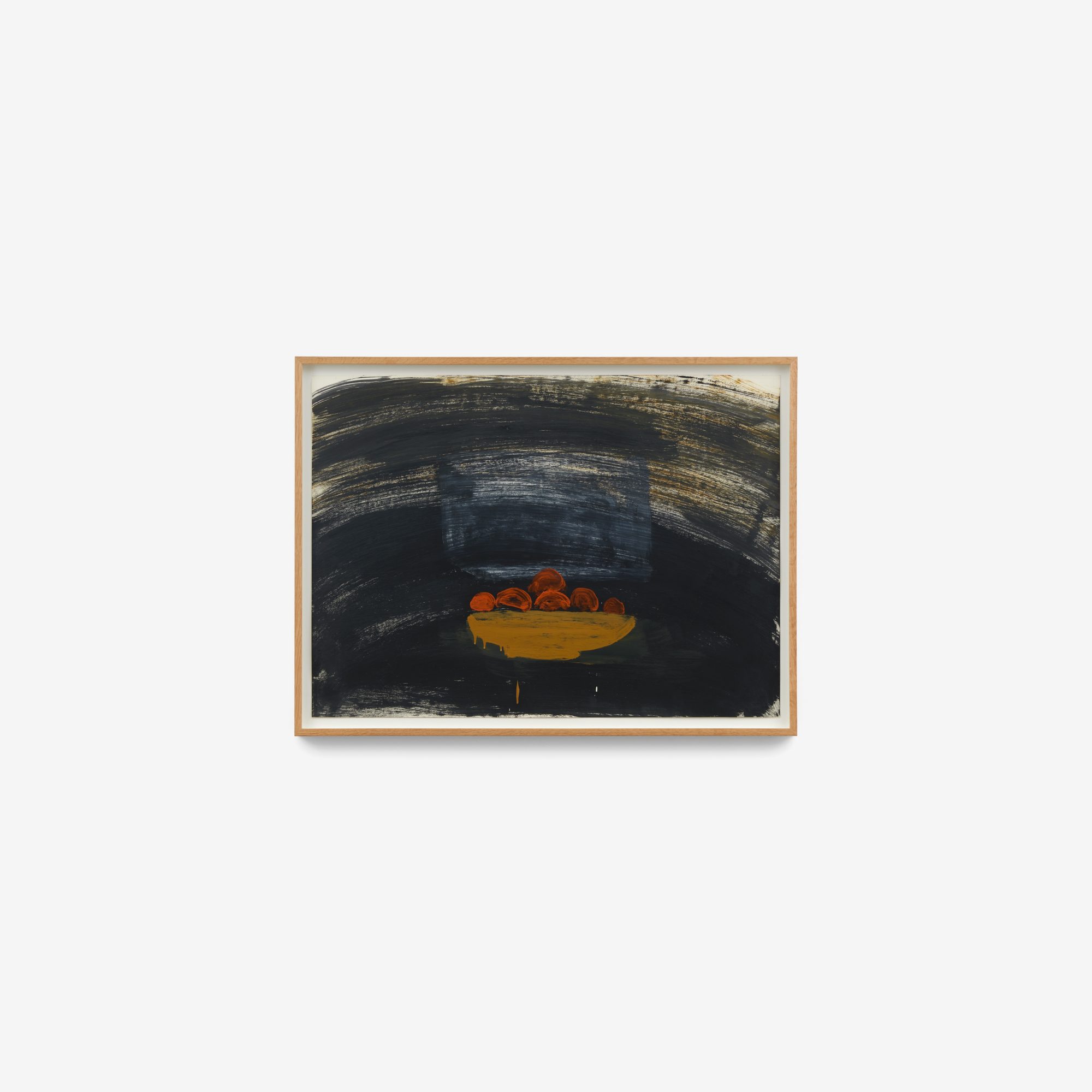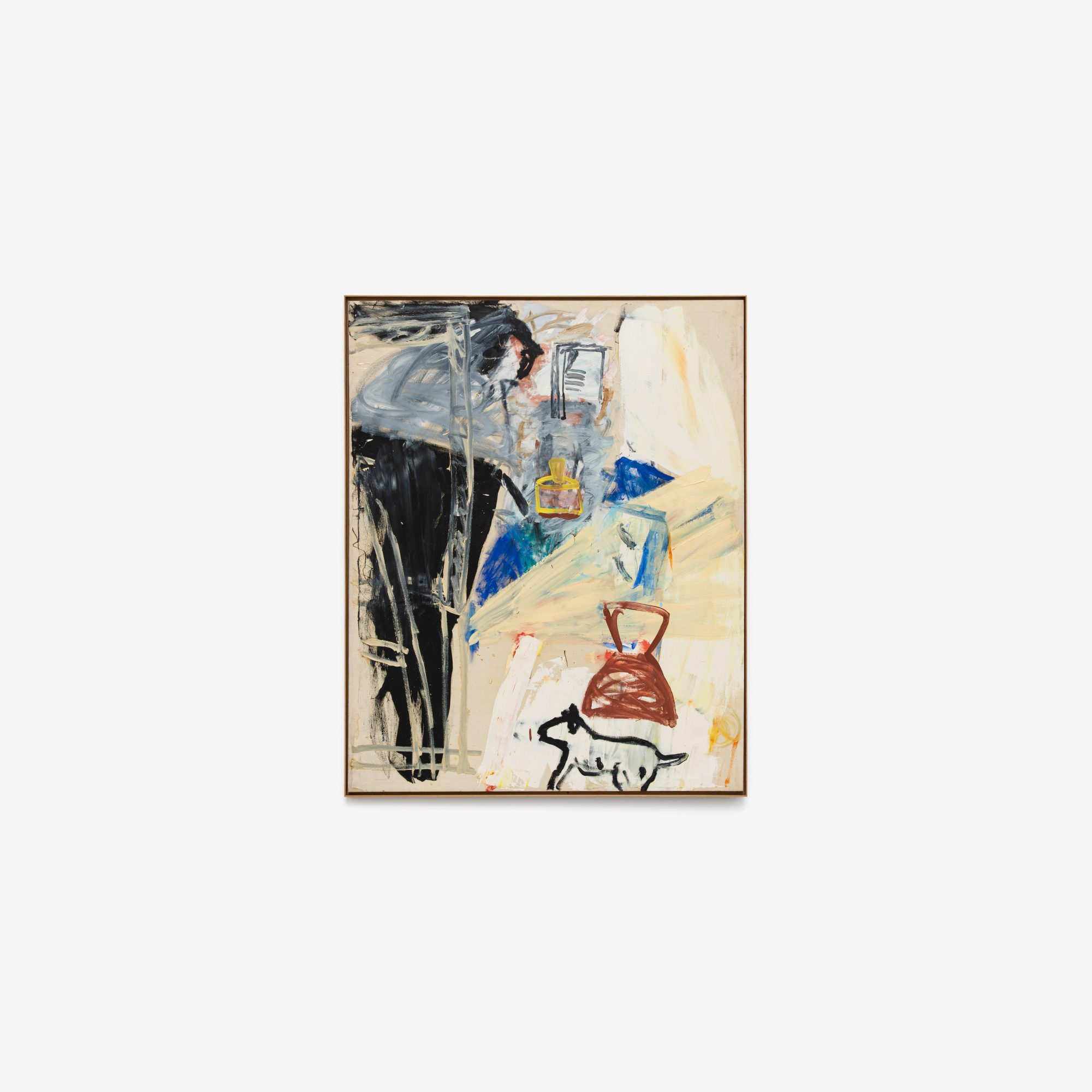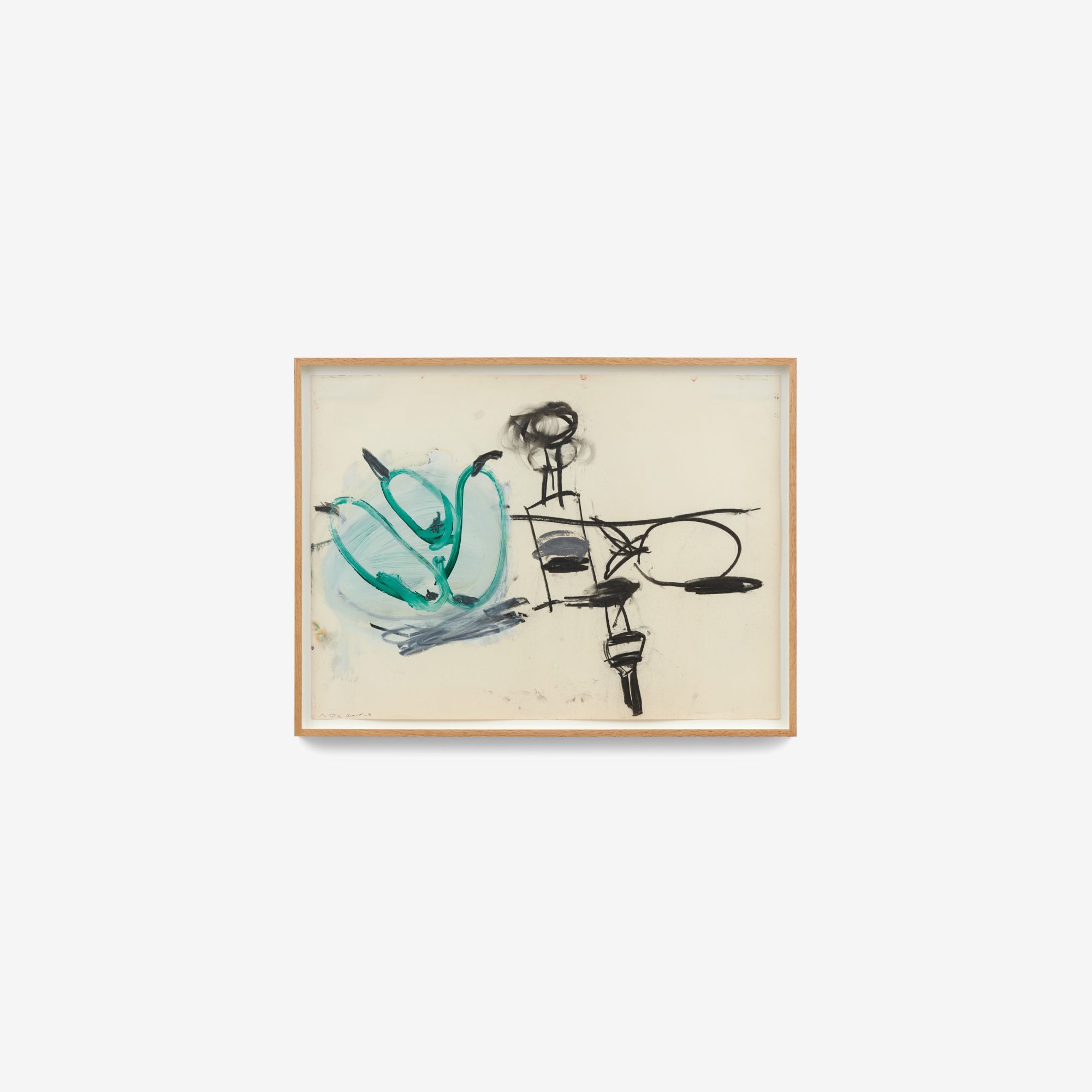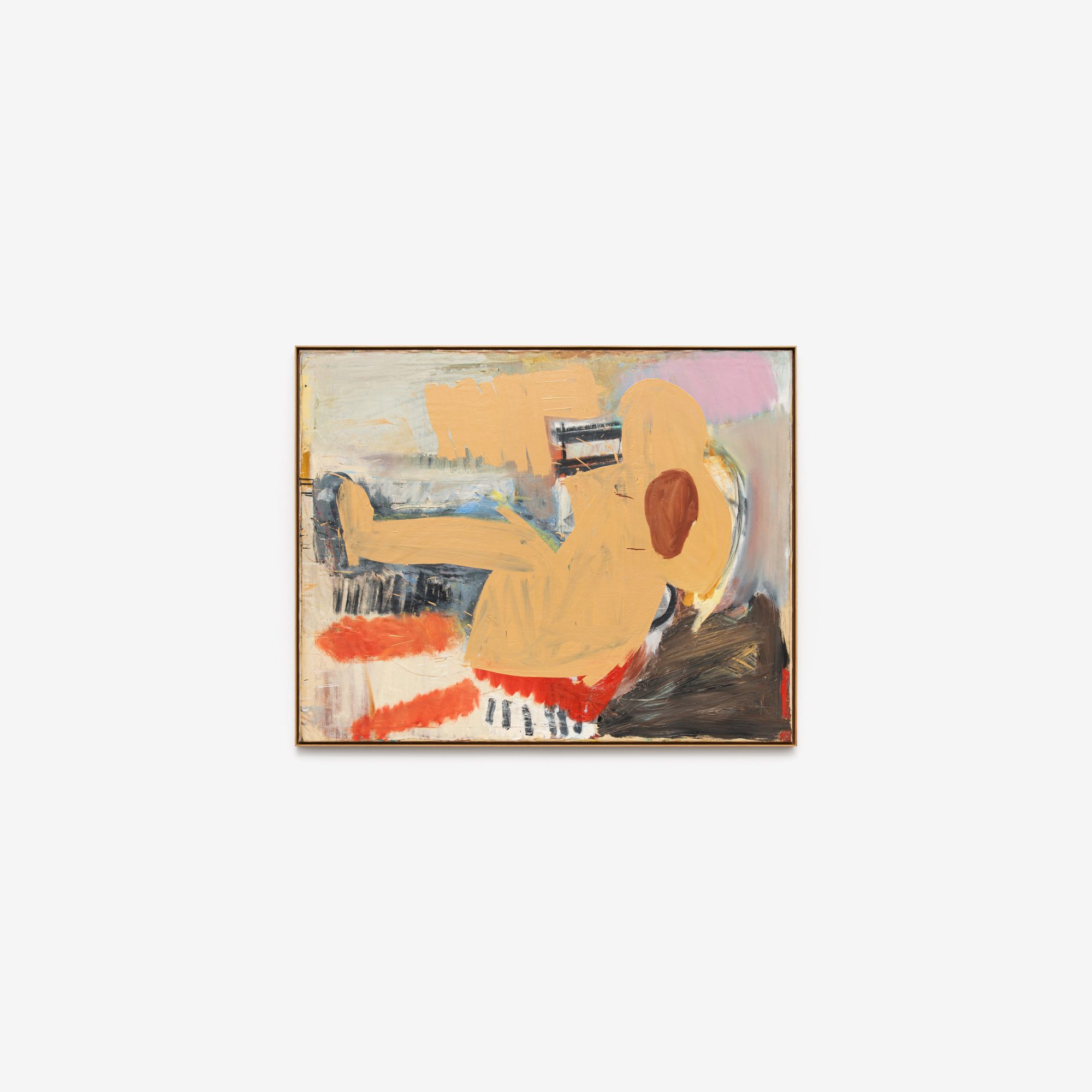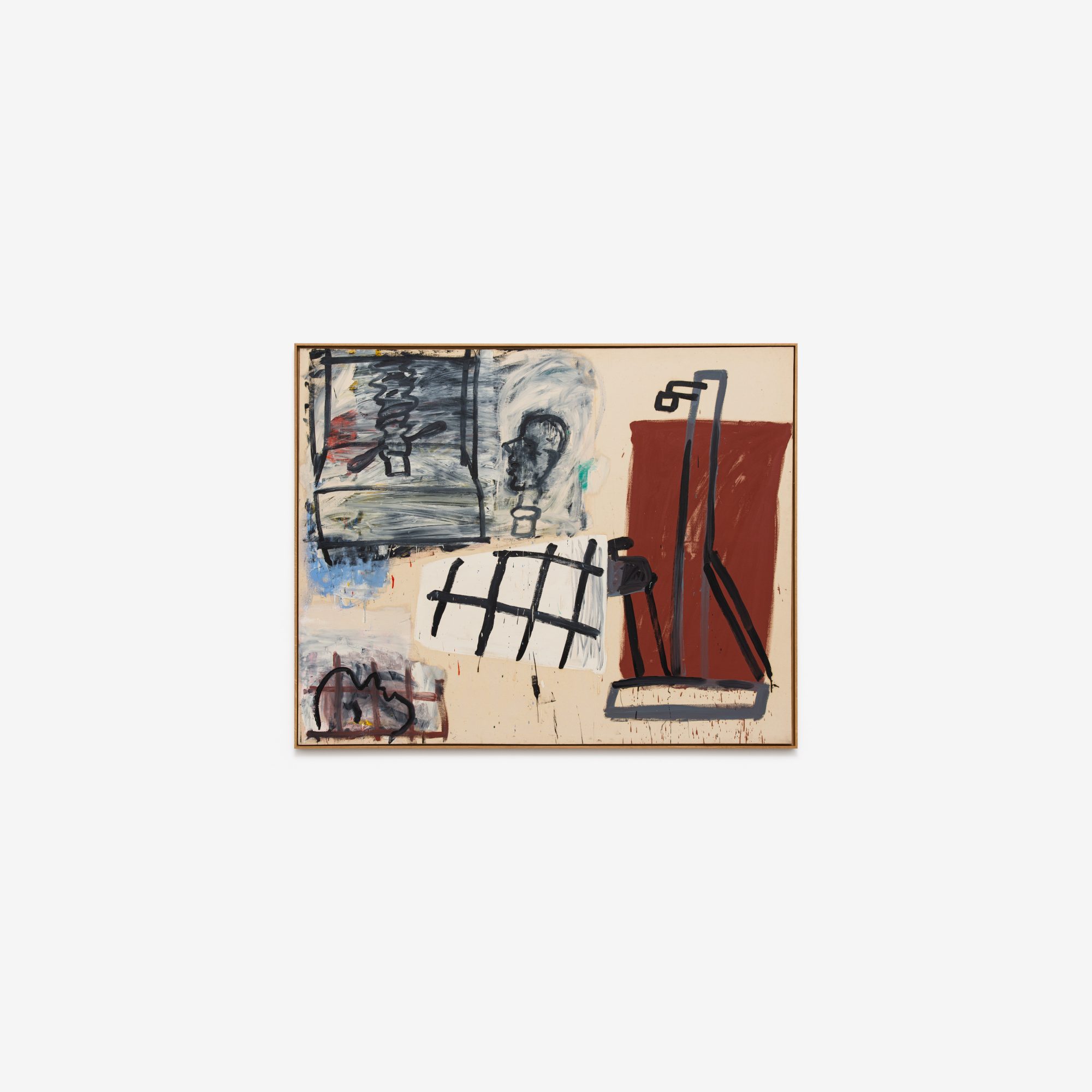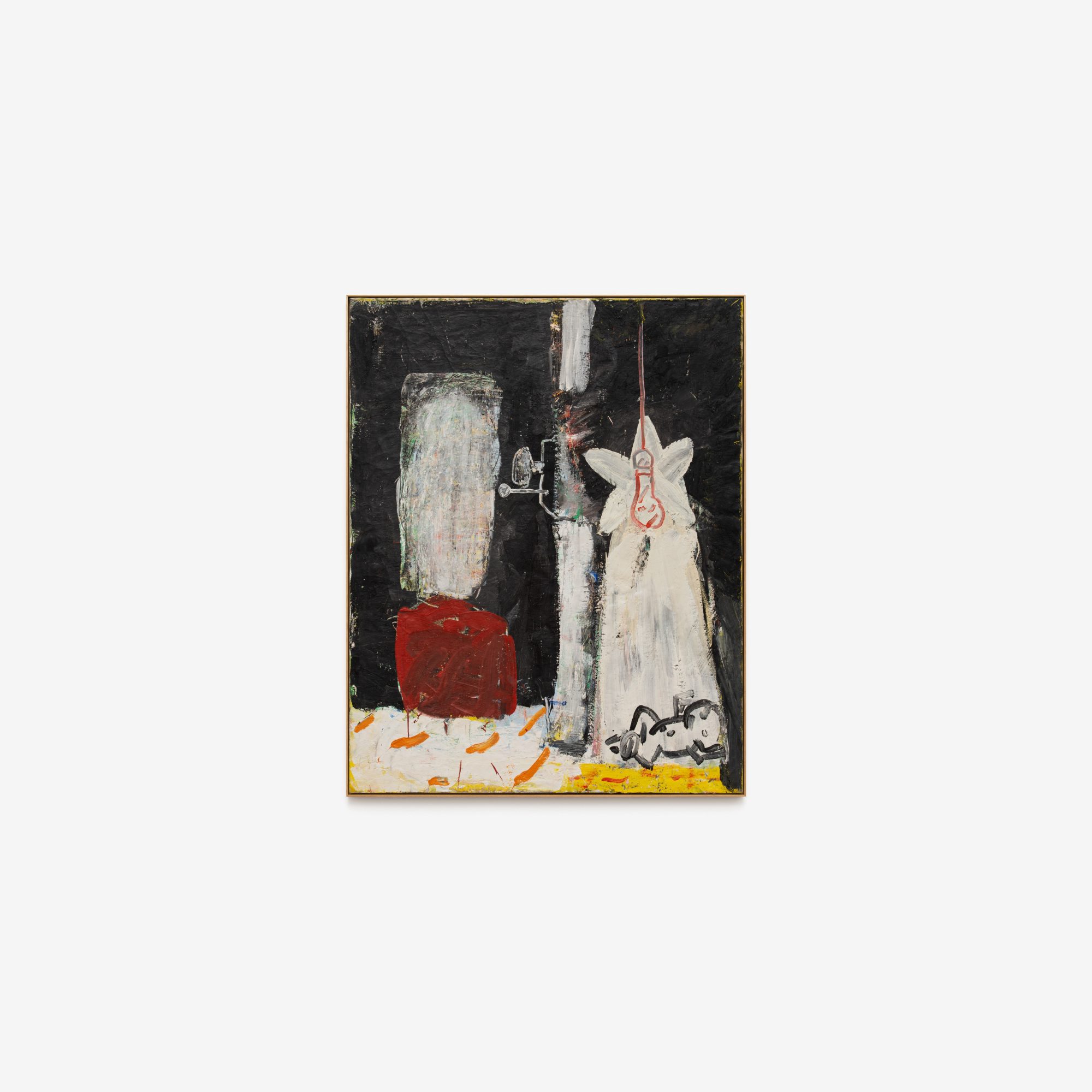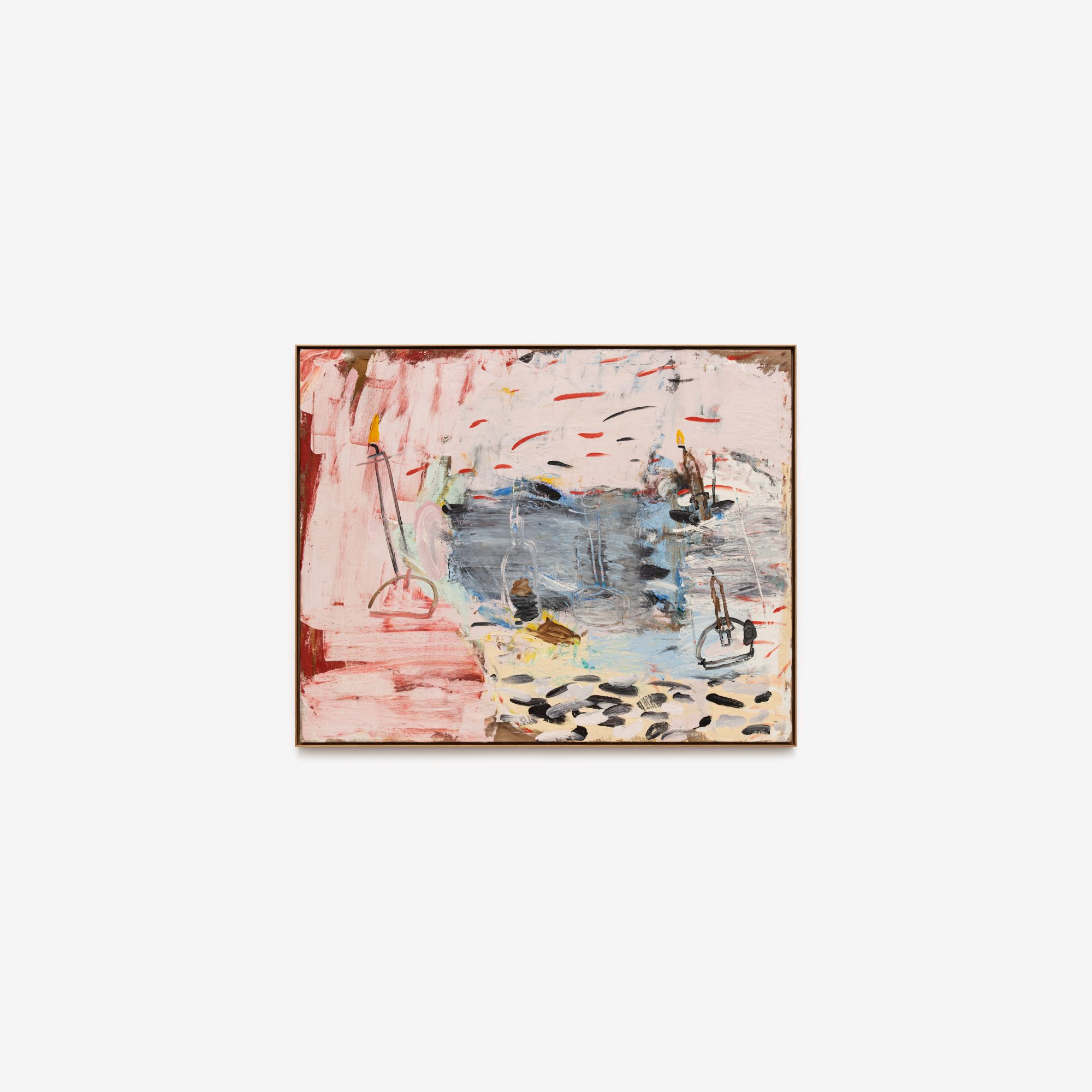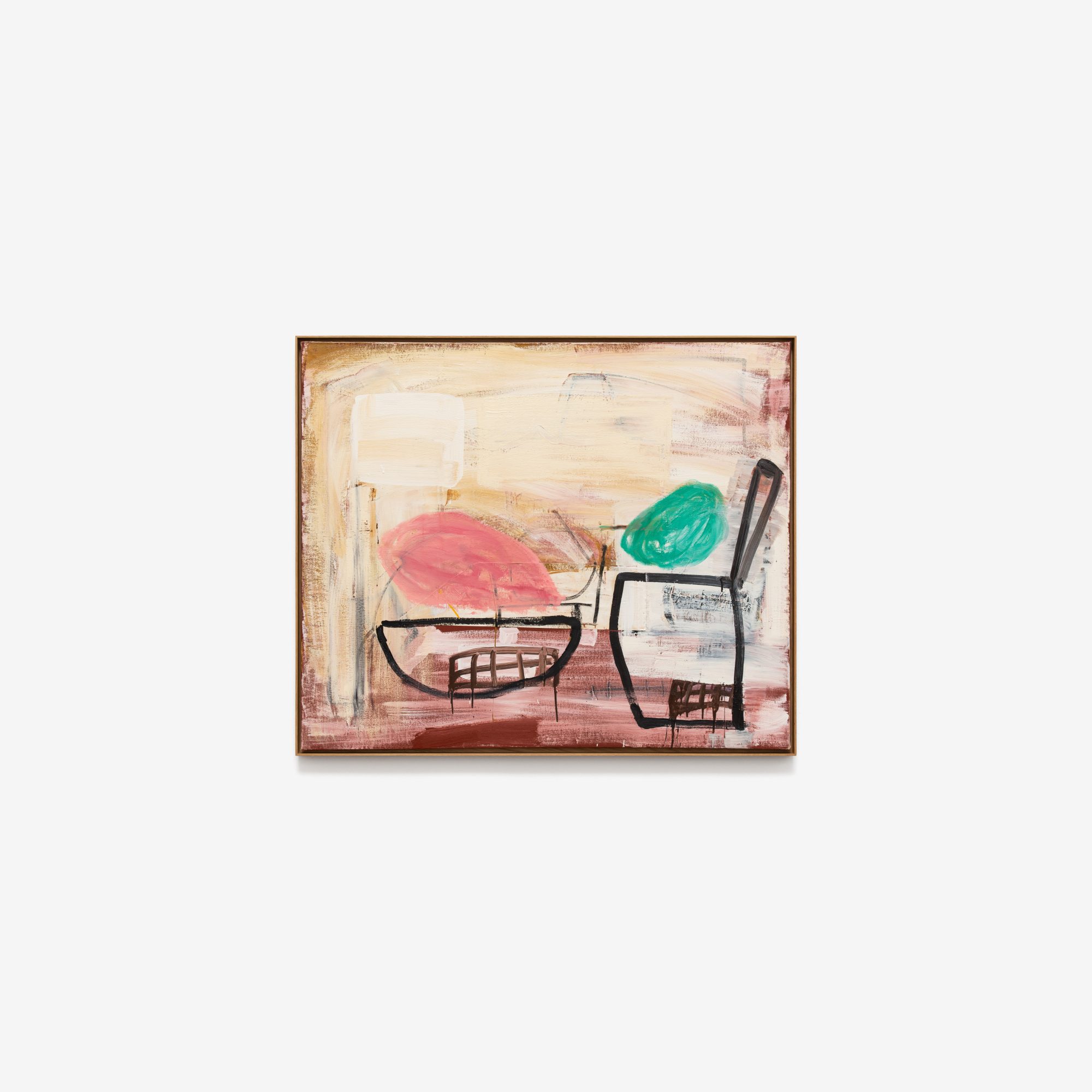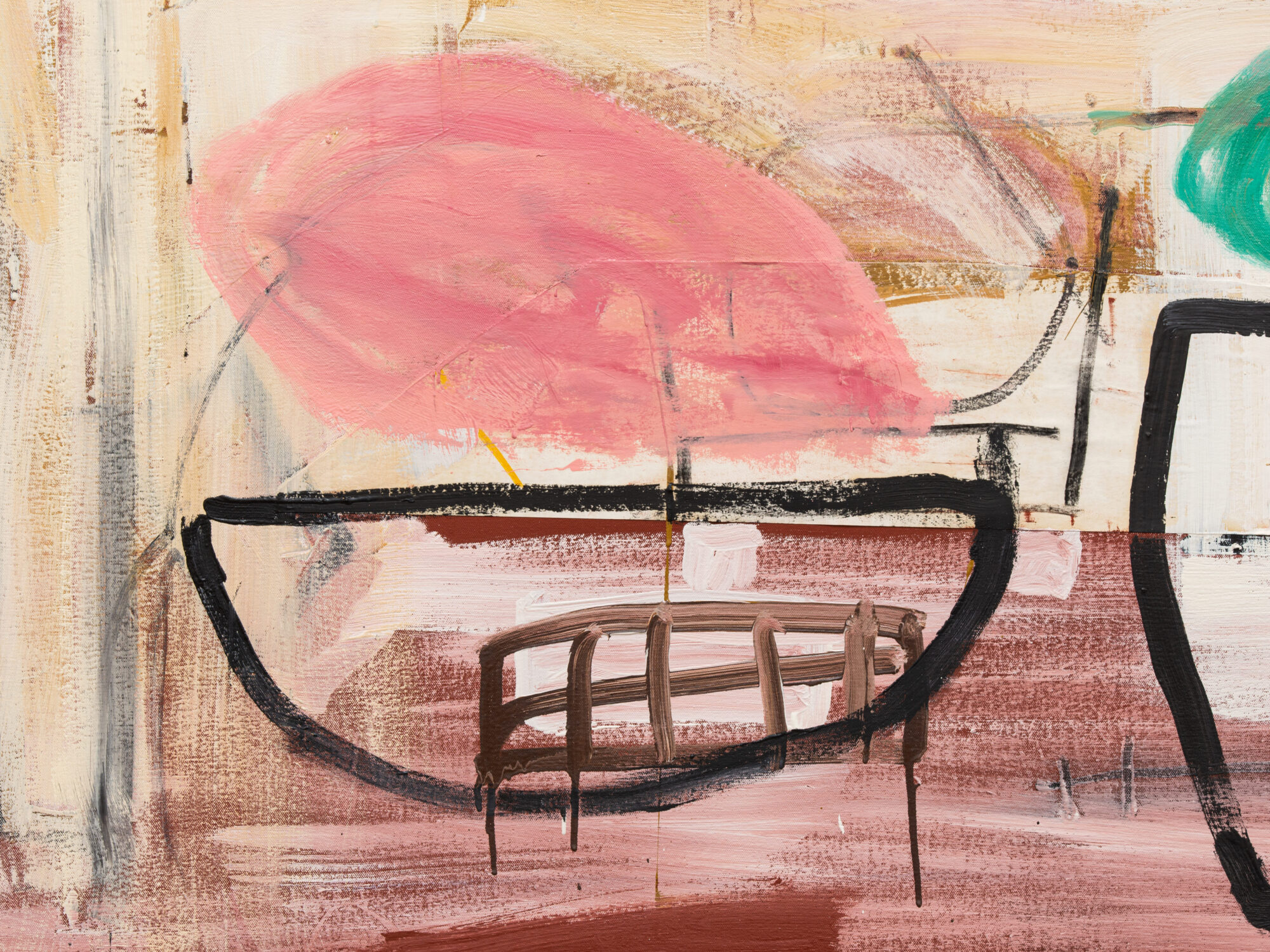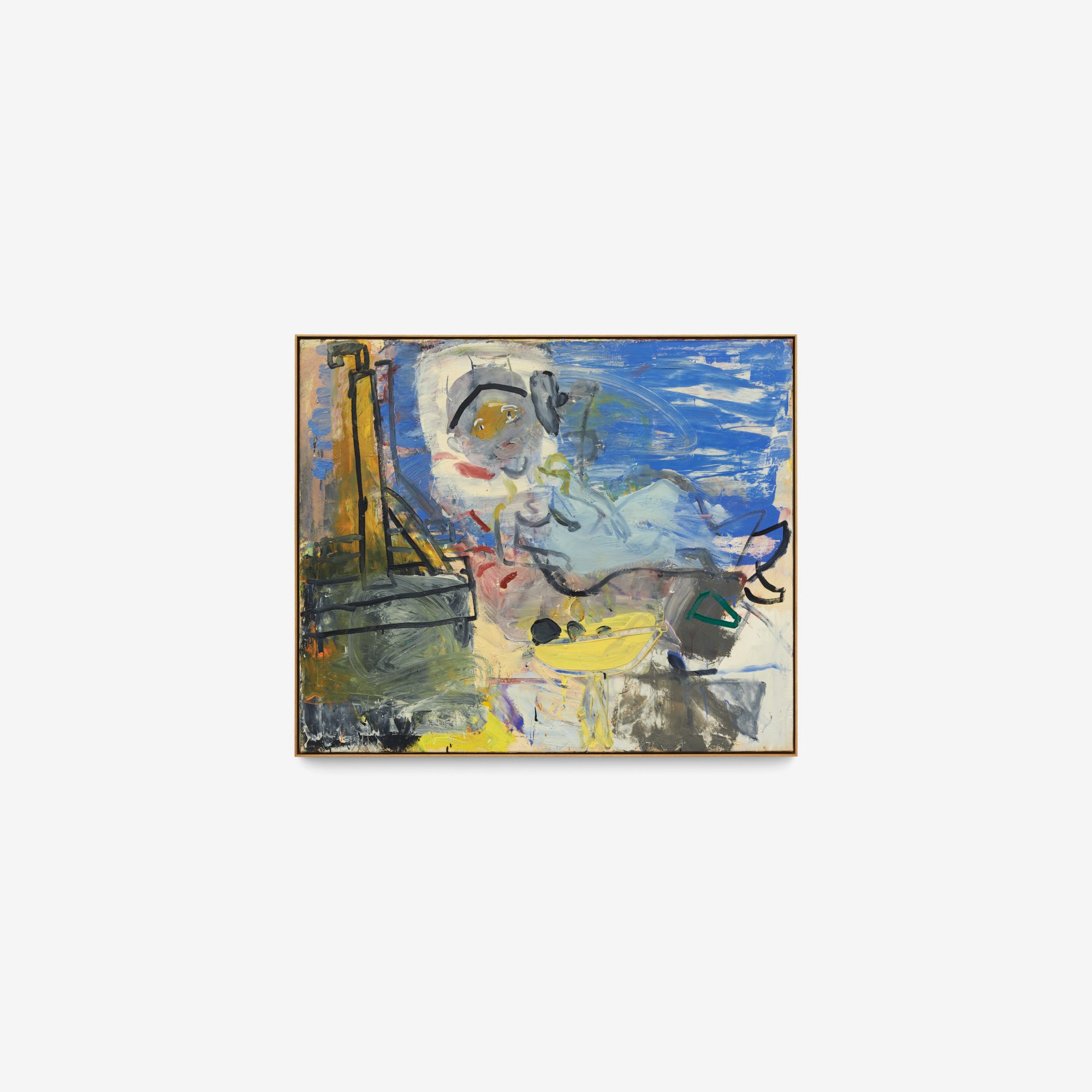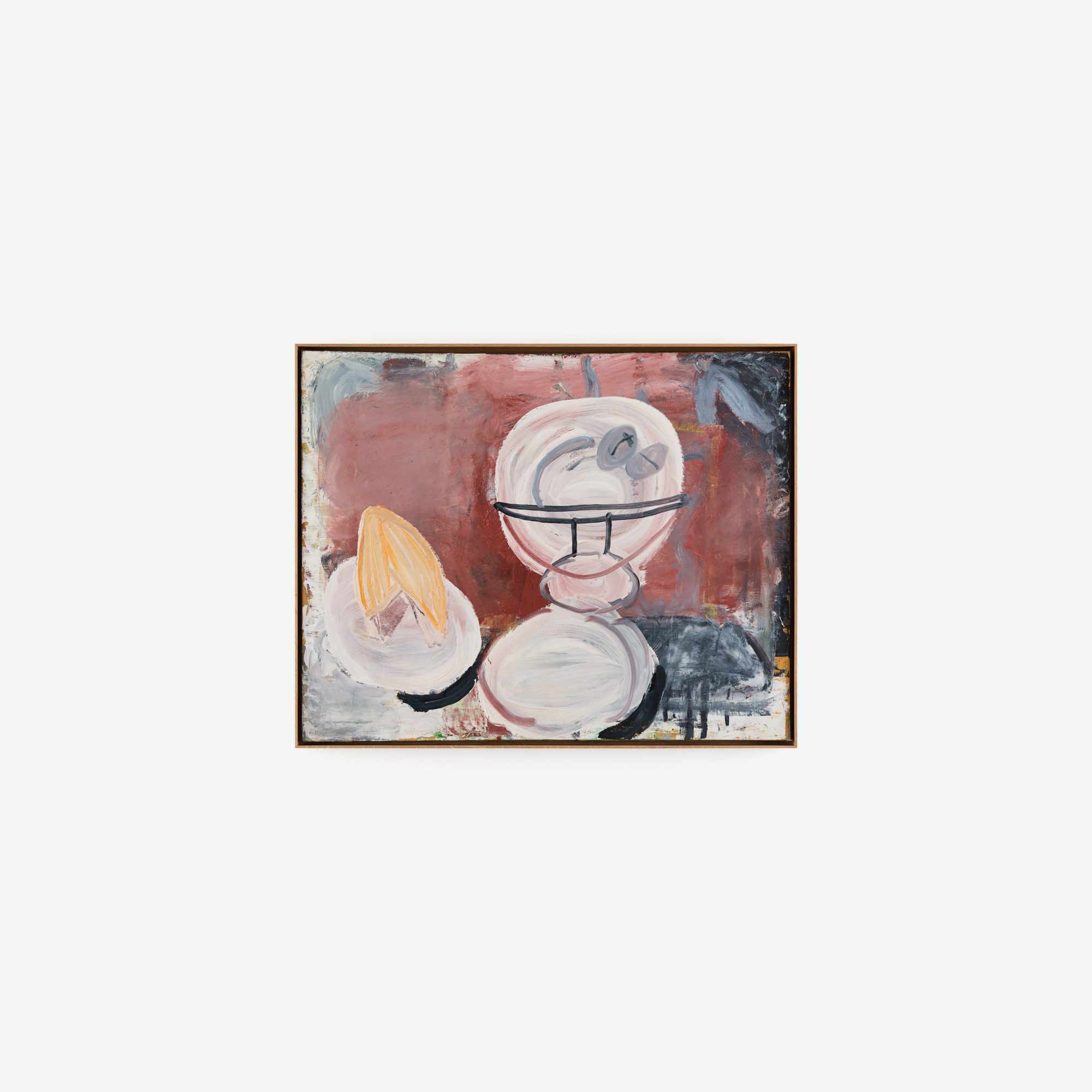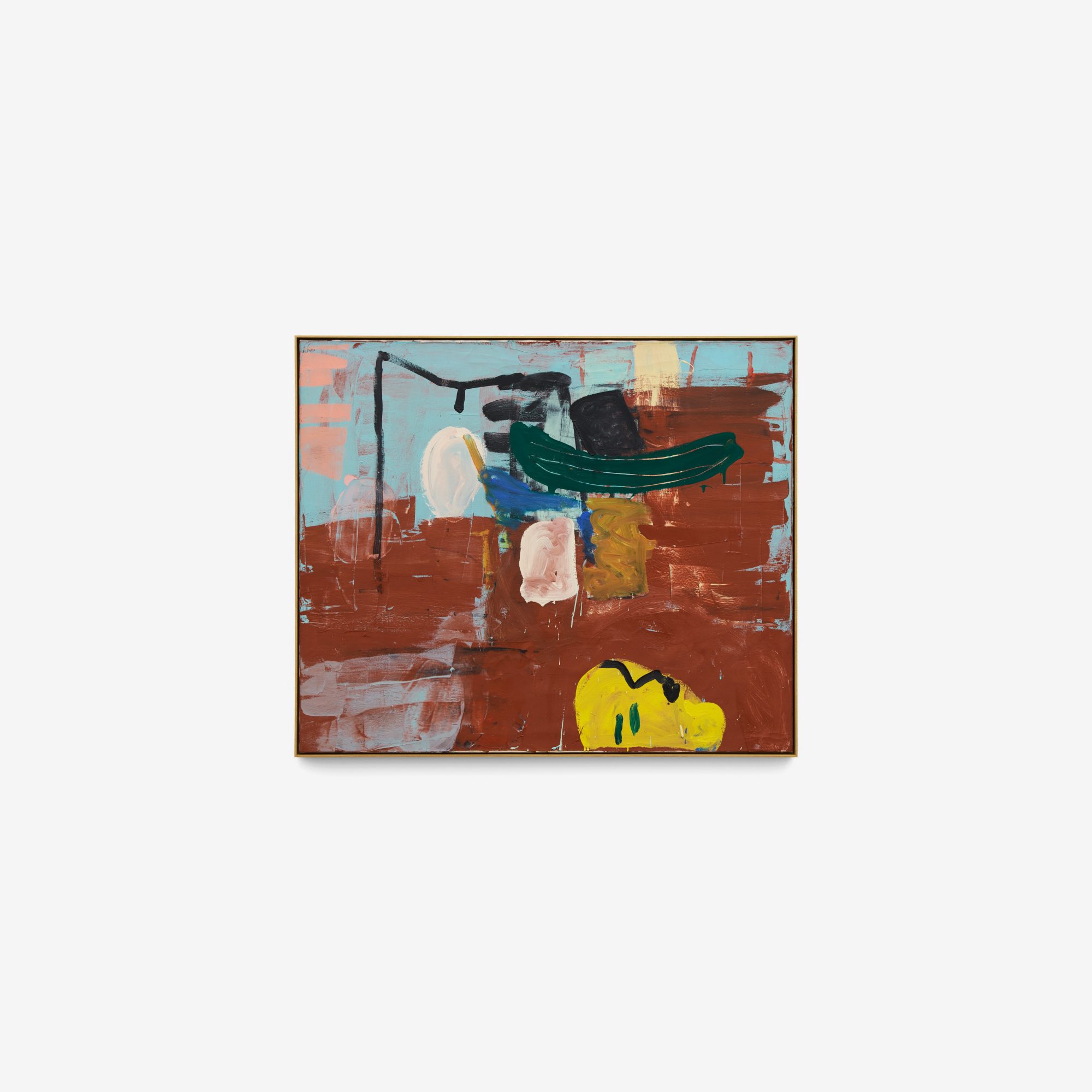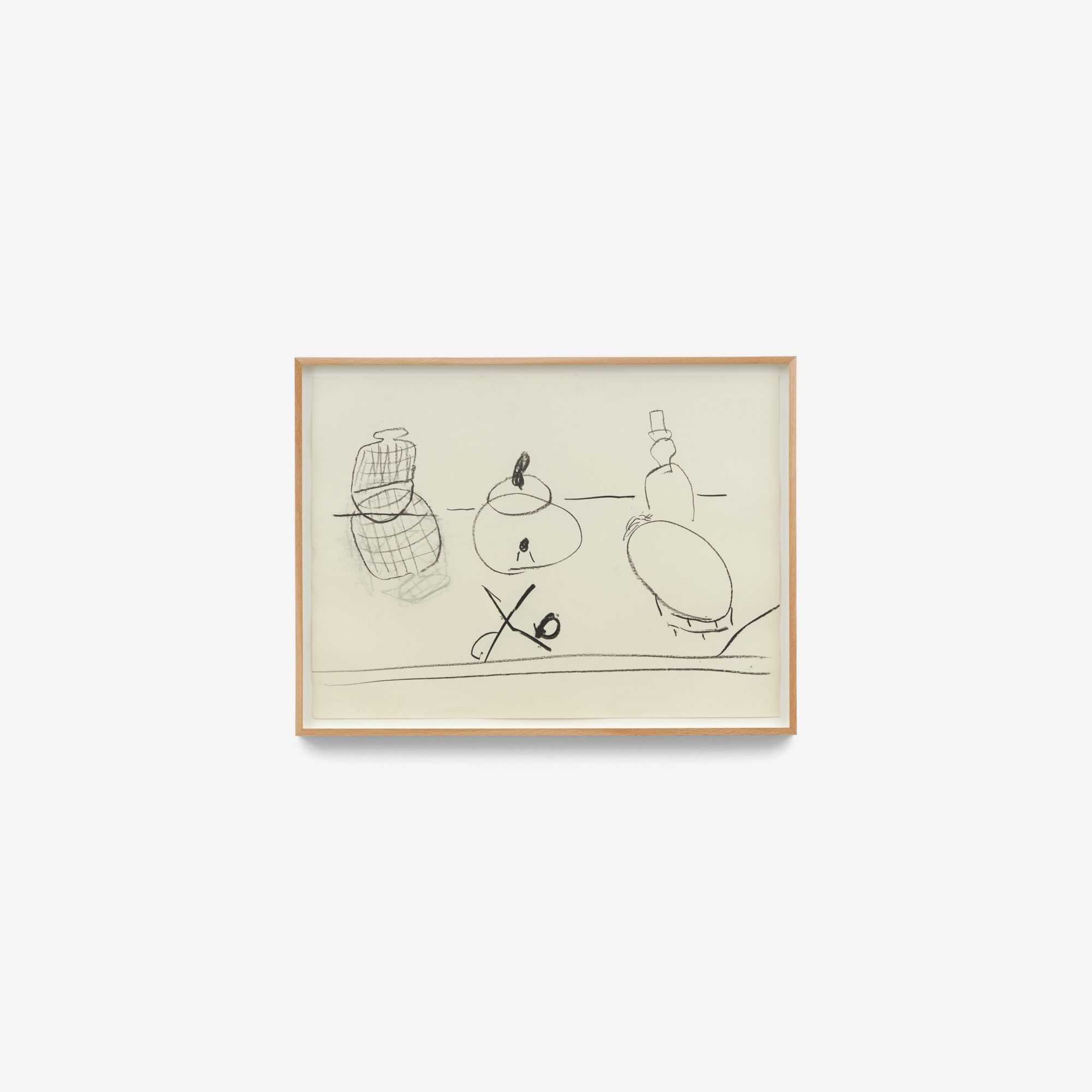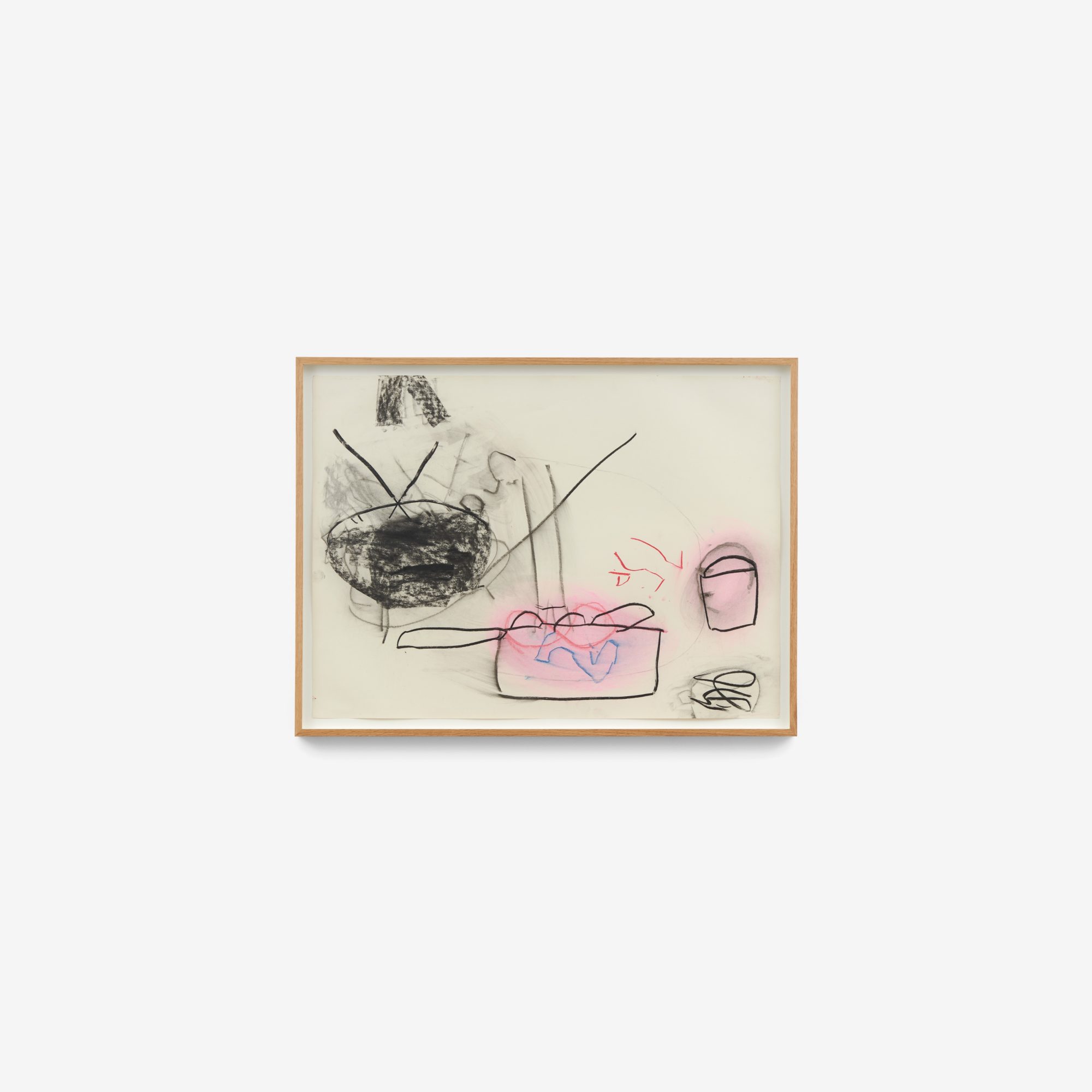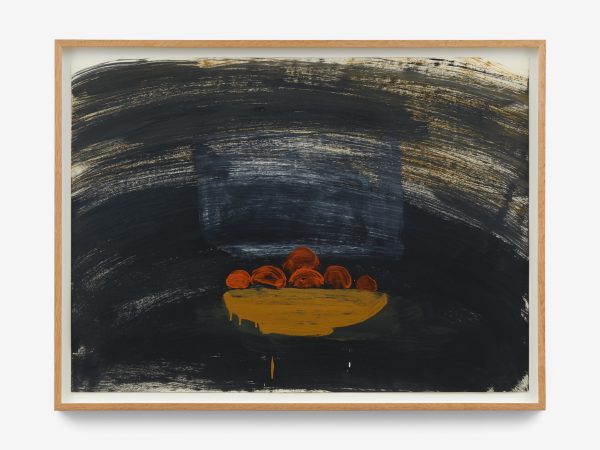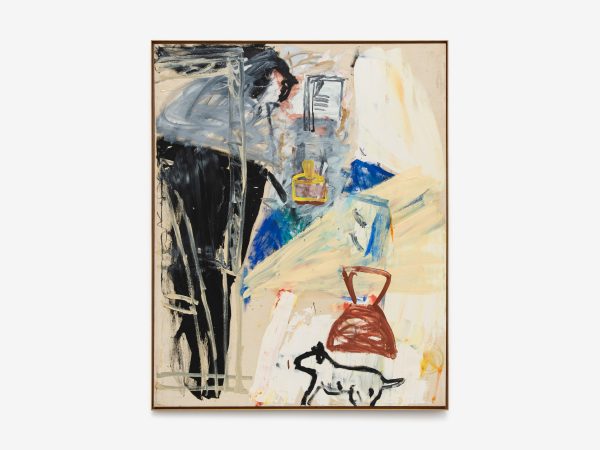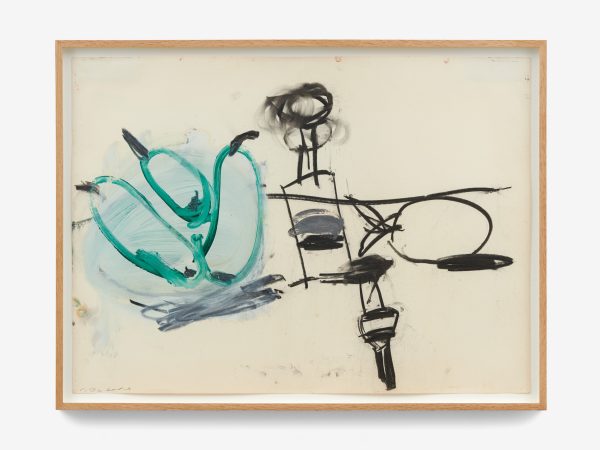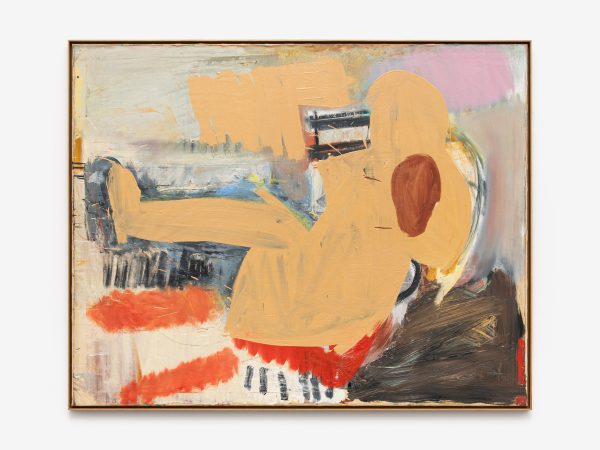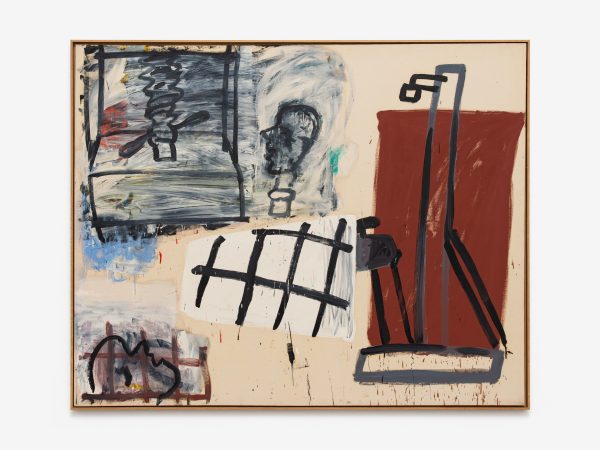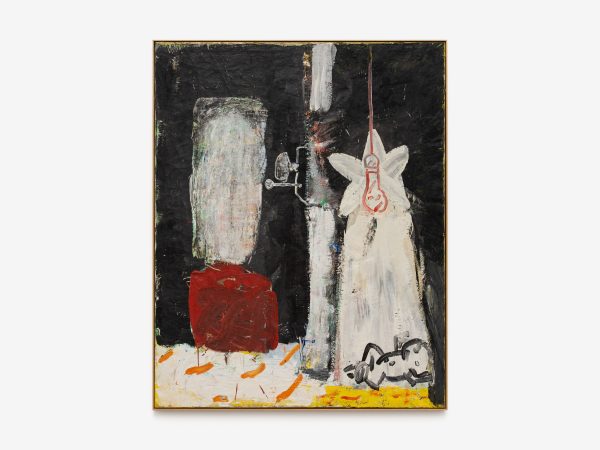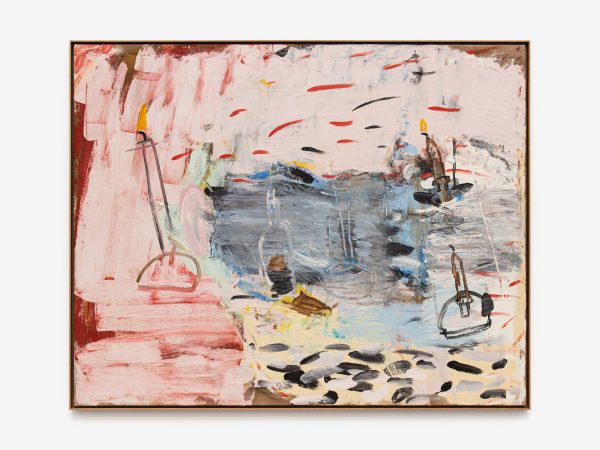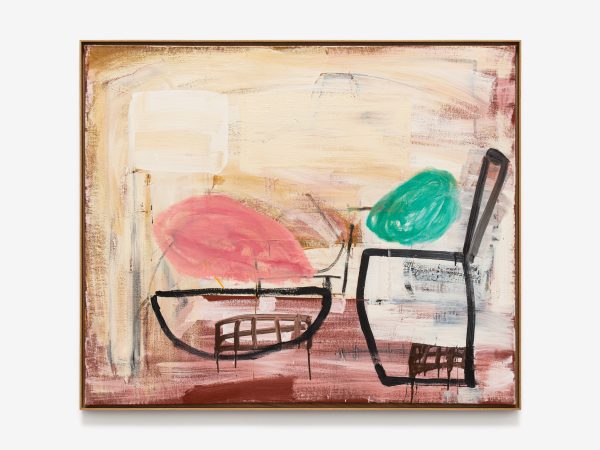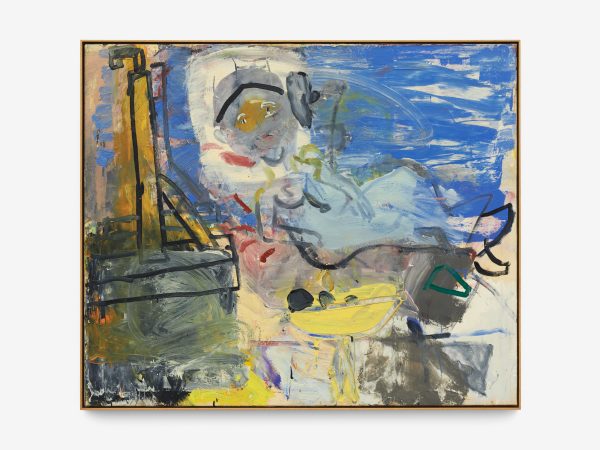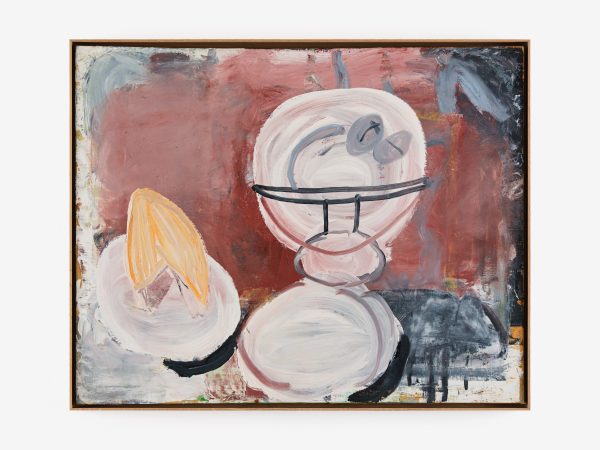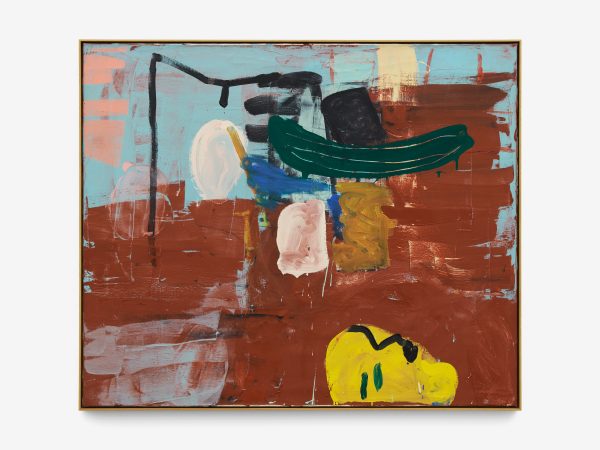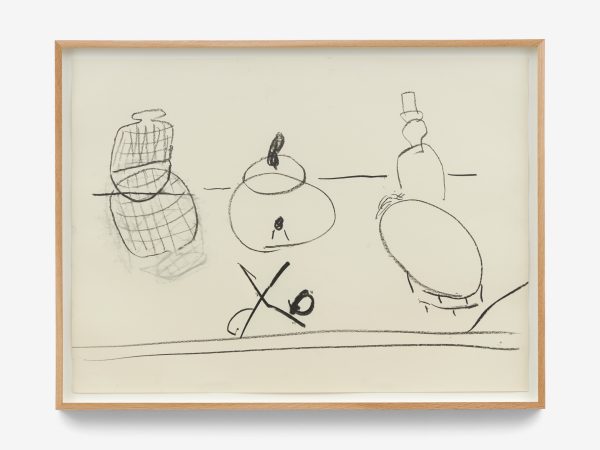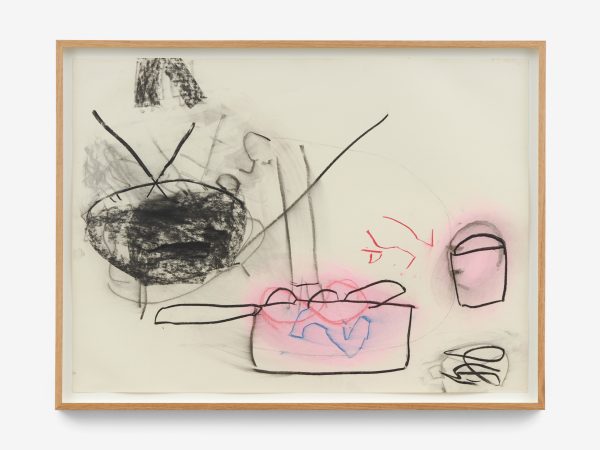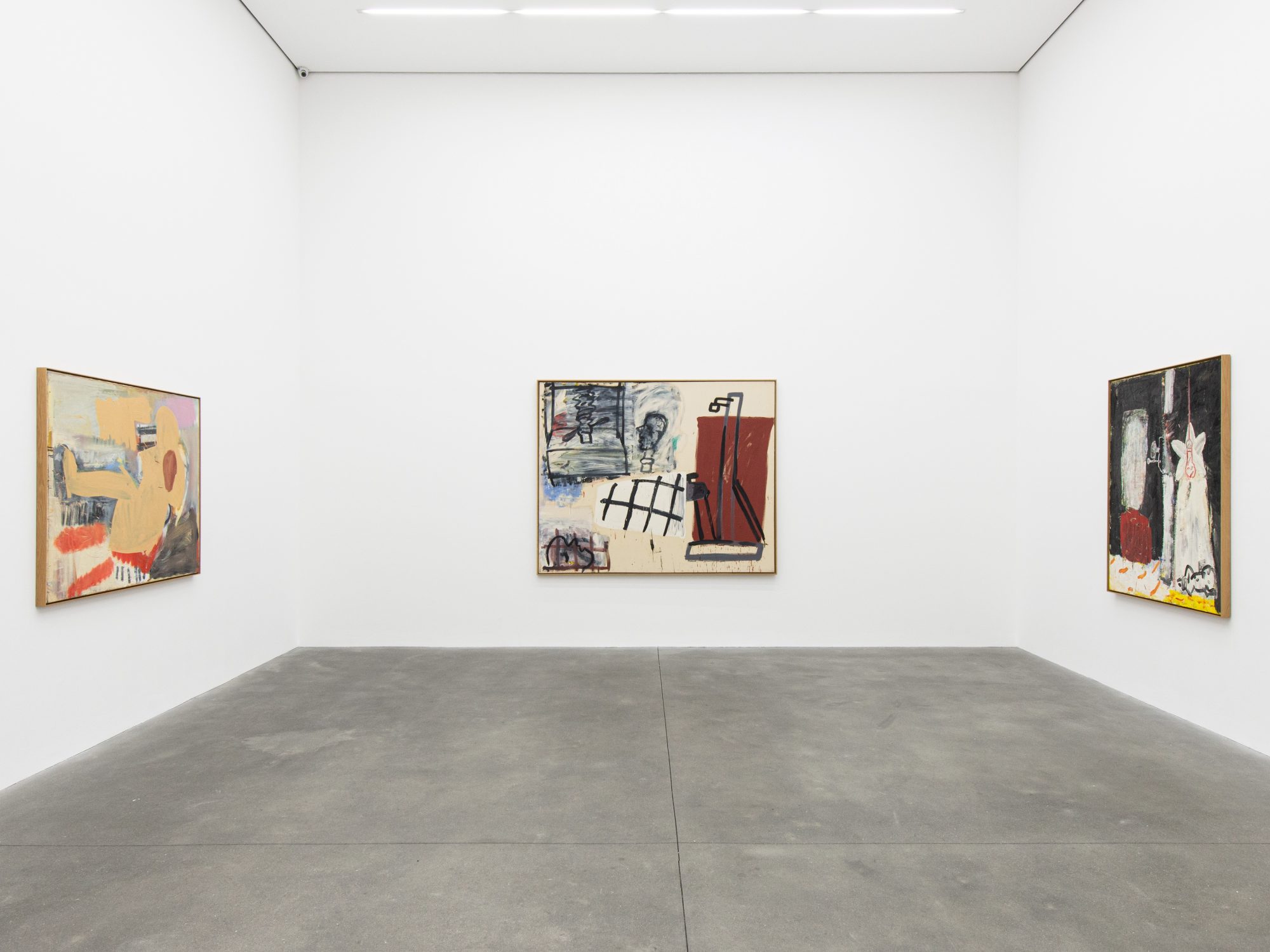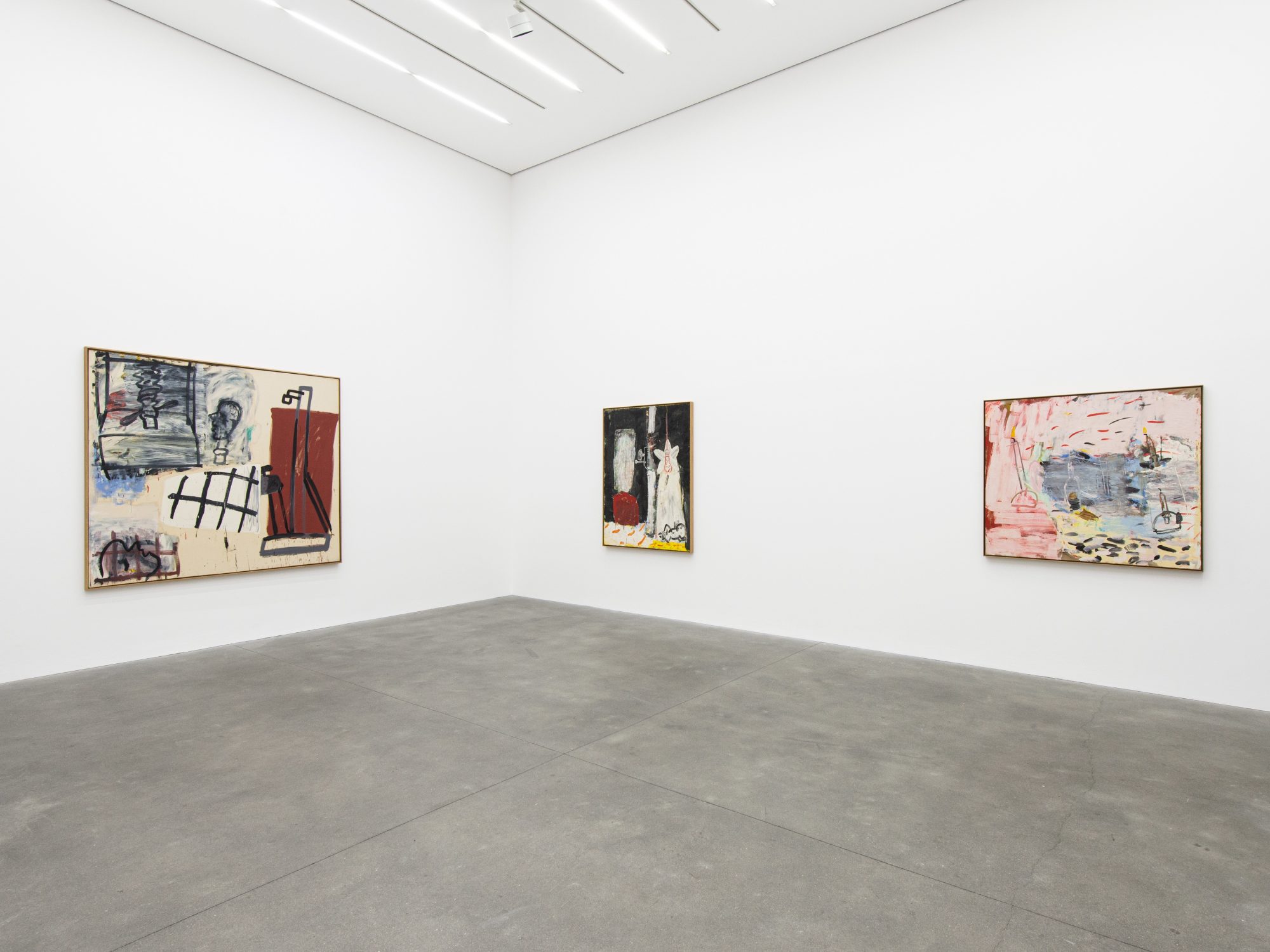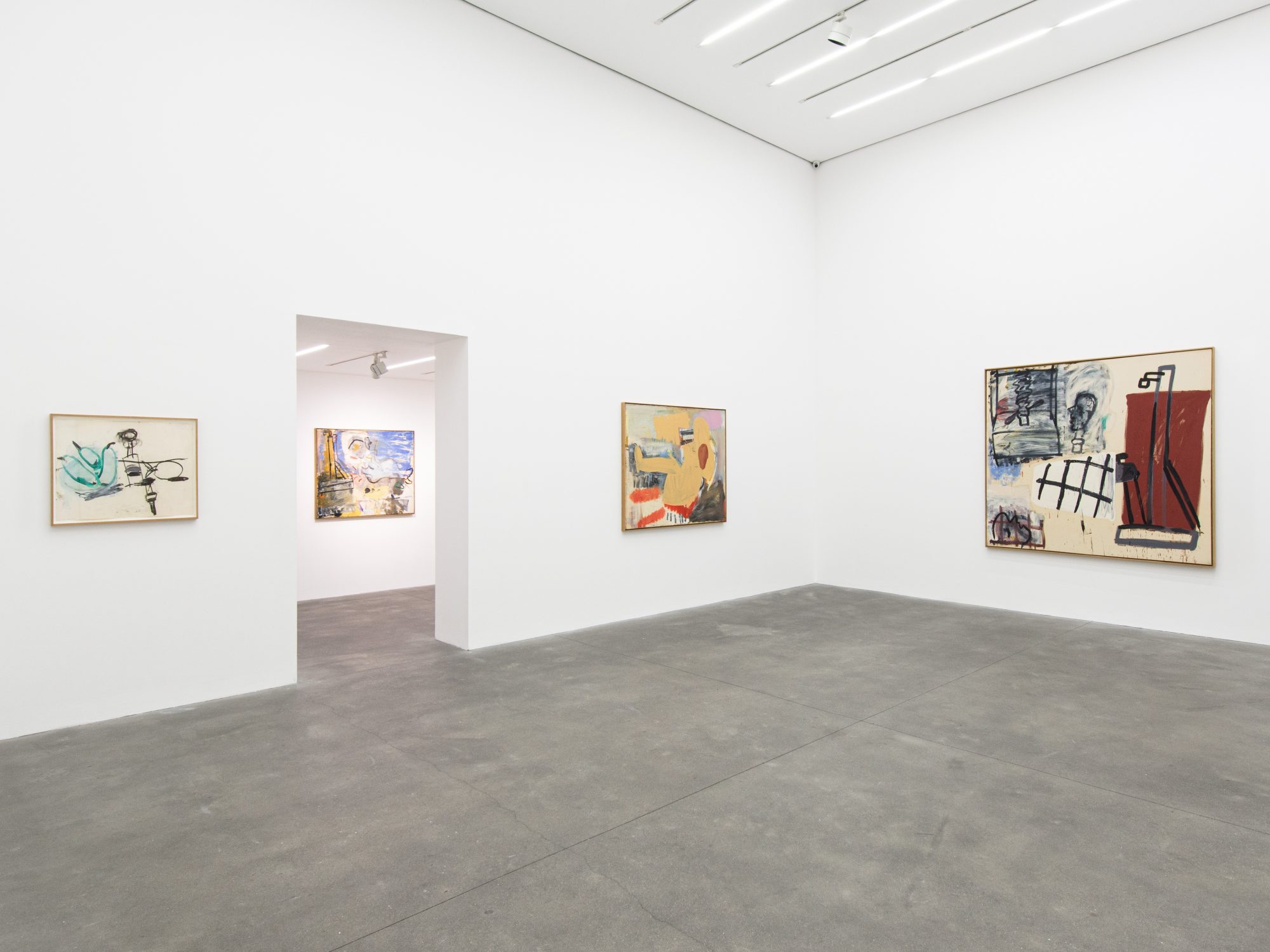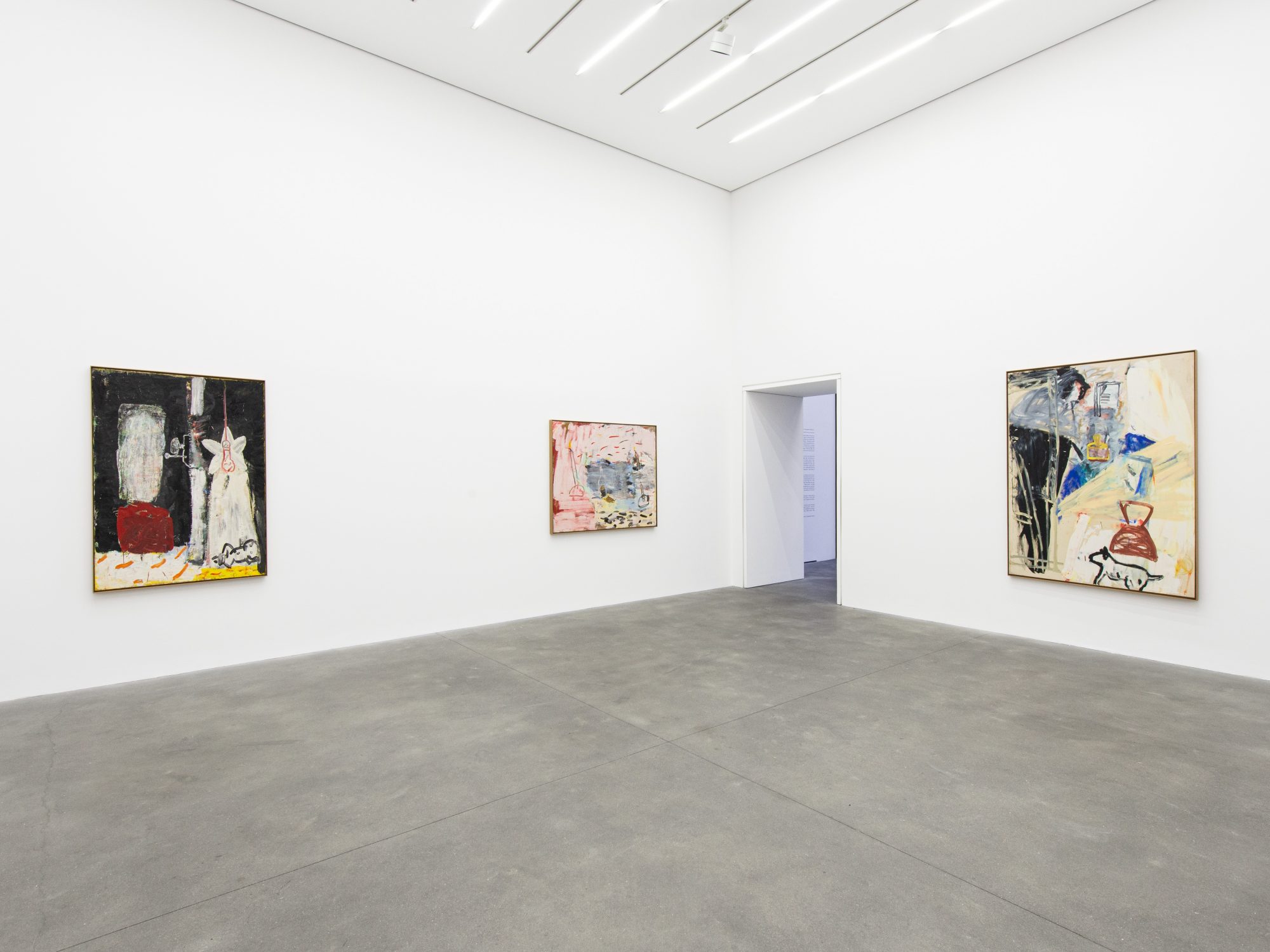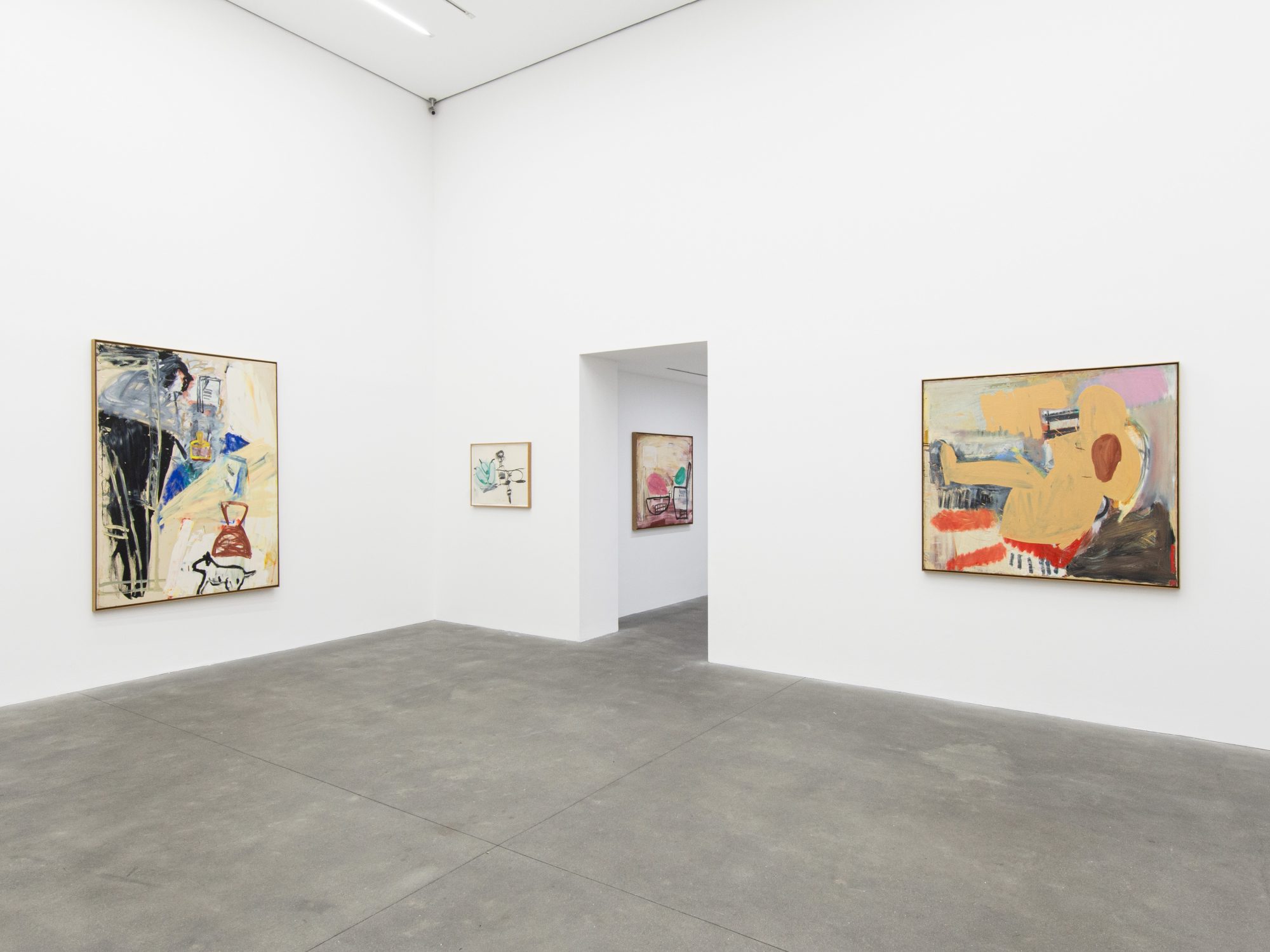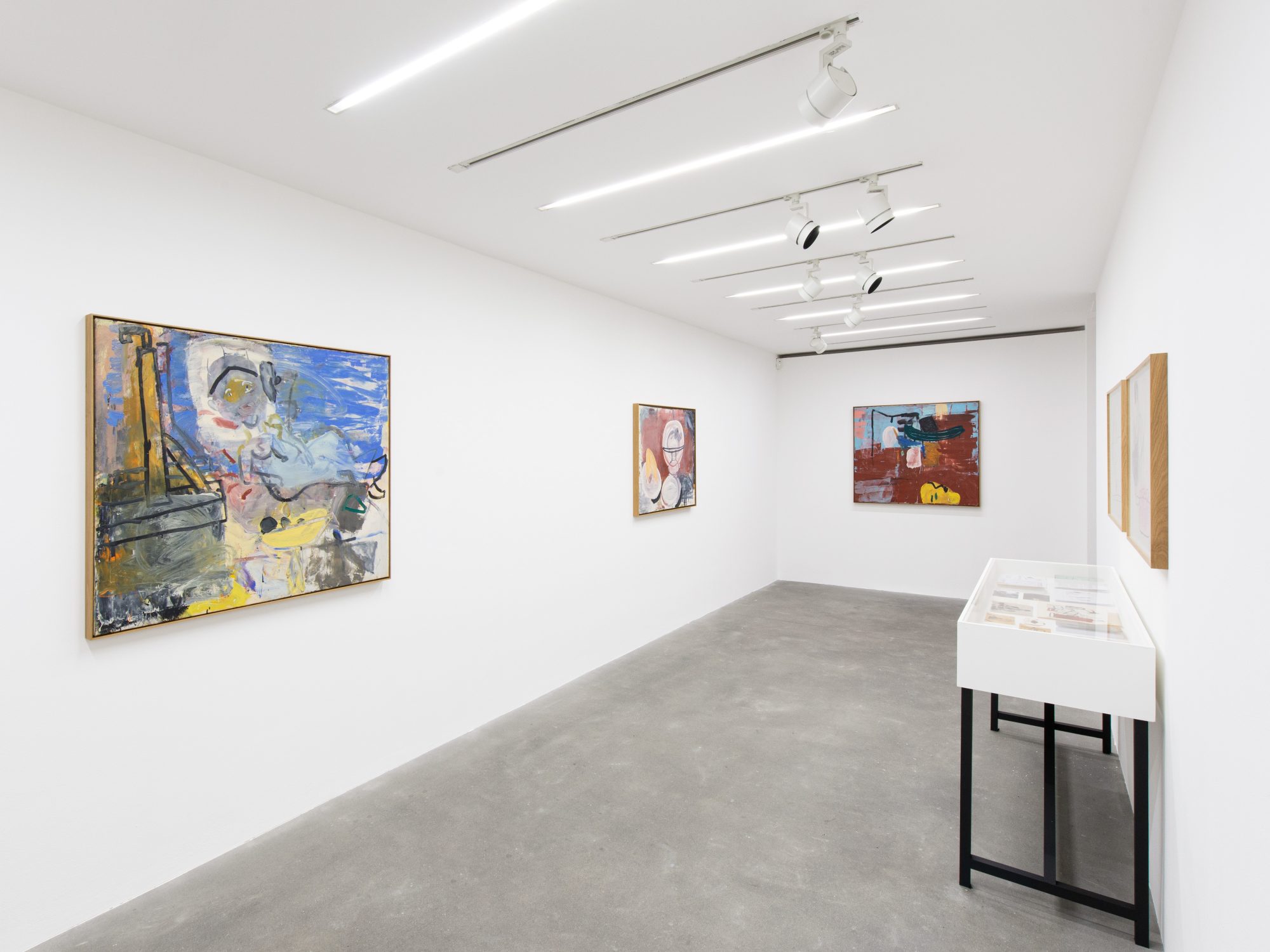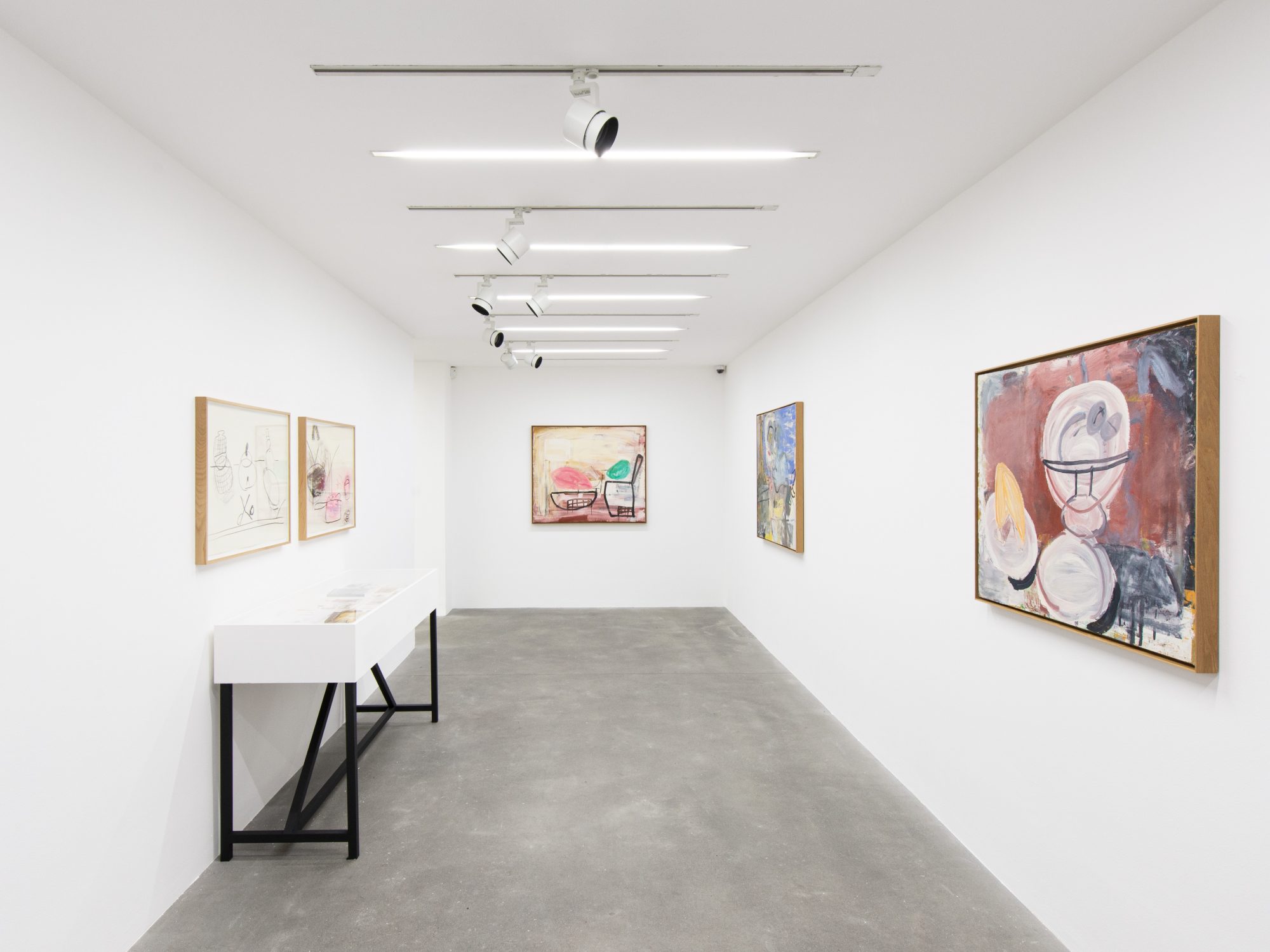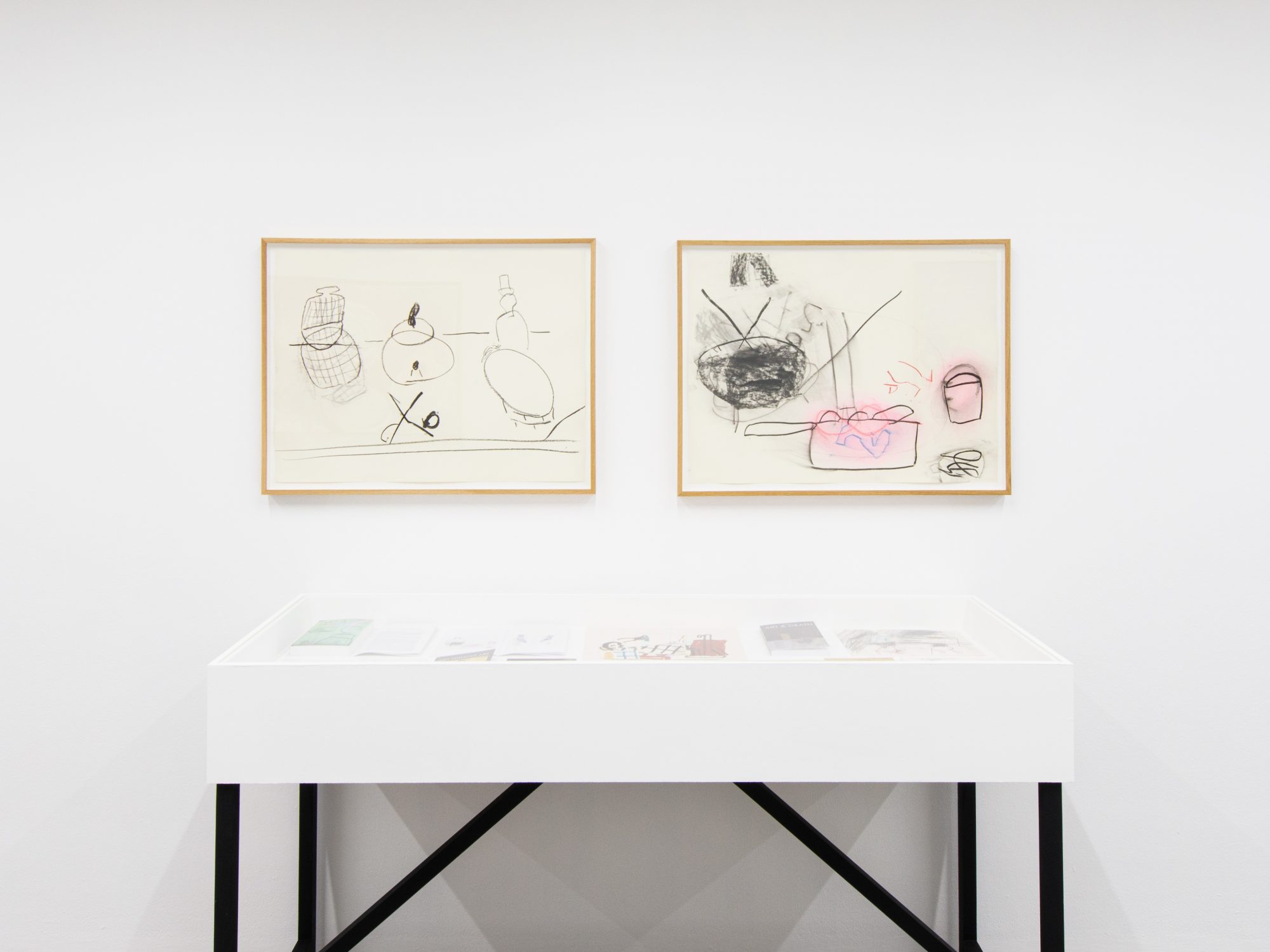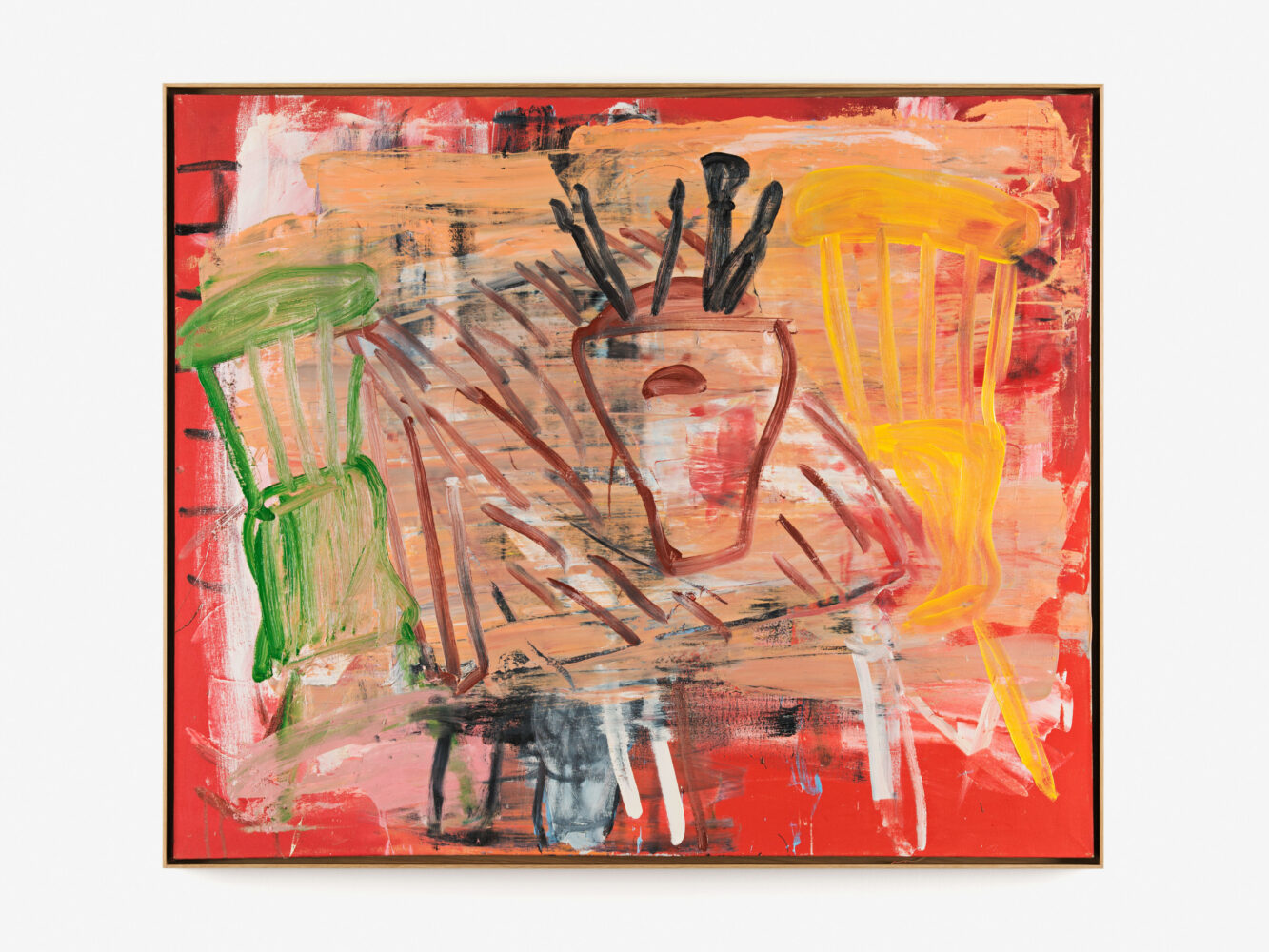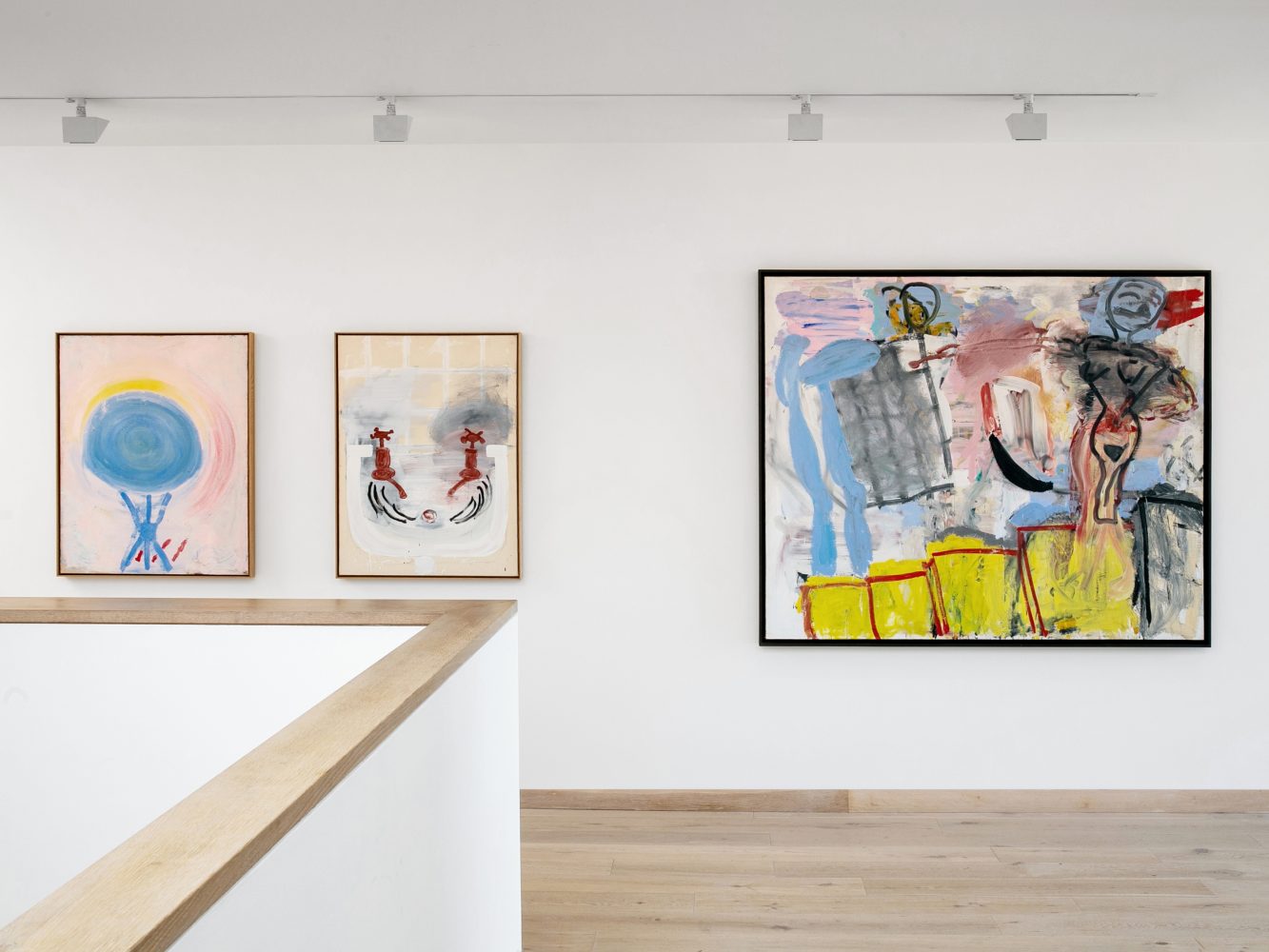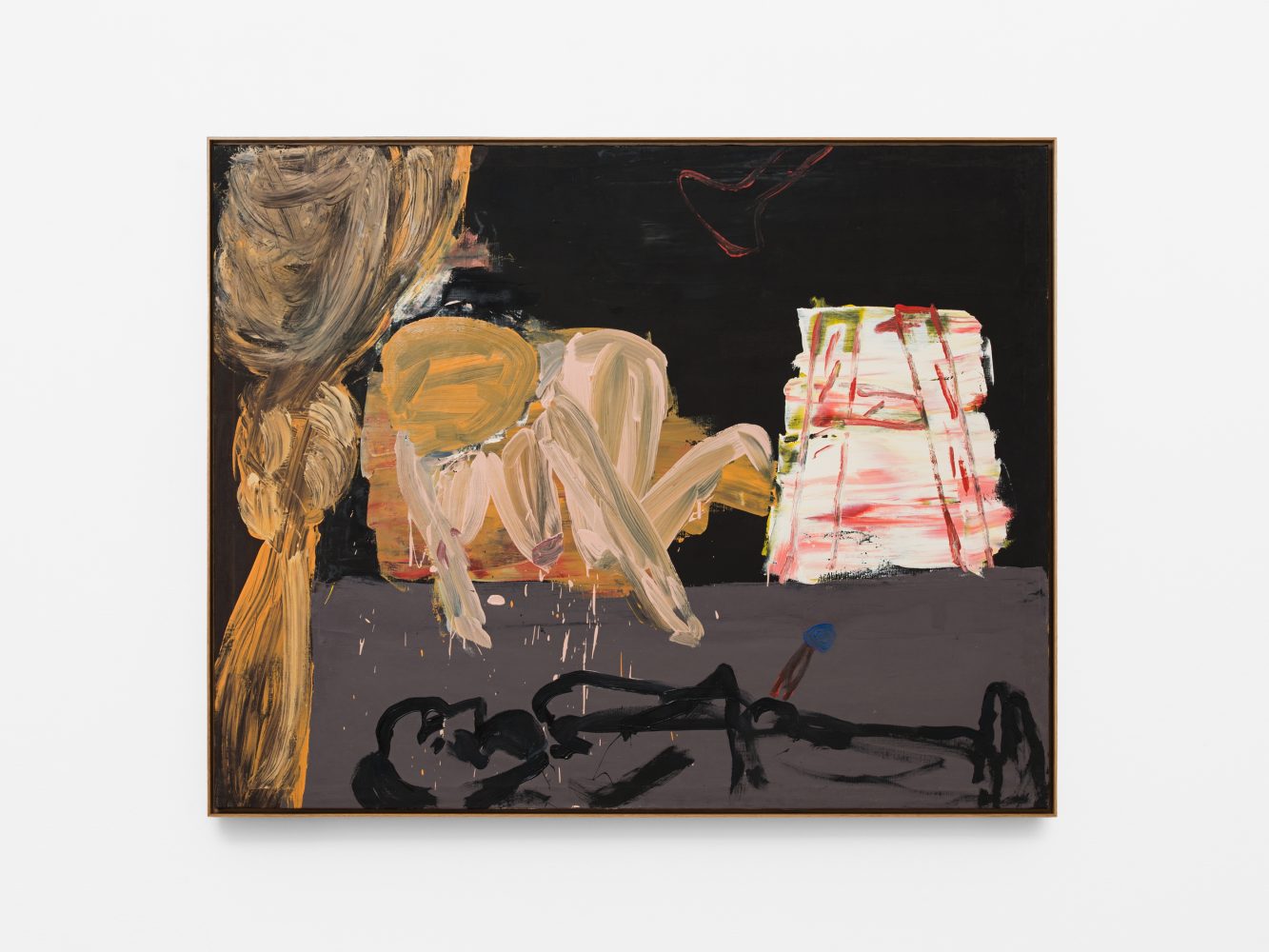Text
Alison Jacques Gallery presents an exhibition of paintings and works on paper by British artist Roy Oxlade (1929–2014), the second at the gallery. The works on display span from 1978 to 2006, with Oxlade’s works on paper being shown for the first time. The exhibition follows the recent survey at Hastings Contemporary, ‘Shine Out Fair Sun’, which marked the artist’s first major public gallery exhibition in Europe. A definitive monograph relating to this show will be published in 2020. This exhibition precedes a solo presentation on Oxlade at Independent Art Fair, New York, in March 2020. On Tuesday 26 November, the gallery will host a talk by Andrew Renton, Professor of Curating at Goldsmiths, University of London, discussing Oxlade’s career.
The artistic practice Oxlade developed throughout his six-decade career was grounded by spontaneity and instinct, with colour shaping the essence of each work. Specific objects found in the artist’s home and studio in Kent formed the basis of his pictures: scissors, lamps and lemon squeezers make recurring appearances alongside paint tins, jugs and garden chairs. The diaristic quality of his portrayals, which echo daily life, is also emphasised by frequent references to the artist’s wife, fellow painter Rose Wylie, who was Oxlade’s lifelong muse. ‘He was very picky about what he painted’, Wylie recalls. ‘Painting the figure was fundamentally very important to him.’
Works on paper in the show reveal the artist’s longstanding experiments with crayon and pastel, and document Oxlade’s handling of oil paint in the manner of charcoal. Whether realised as graphic outlines or painterly smudges, drawing was a critical tool for Oxlade and he referred to the medium as the foundation of his practice. The works in the exhibition are also reflective of recurring motifs in Oxlade’s art, such as the juxtaposition between object and subject; and the grid format, which was relied upon to create order.
When determining his subject matter, Oxlade was inspired by functionality and aesthetics, rather than symbolism. The possibility of interpretation was vital. As the artist commented in an interview with Marcus Reichert in 2003, ‘I have no interest in the window-on-the-world kind of painting.’ Instead, Oxlade was committed to creating images that embodied ‘peculiarity, irreverence – even absurdity’. Pursuing this spirit of the absurd led to what Oxlade termed ‘fresh criteria’ – namely, the creation of an image that he thought was worth constructing.
Yet despite his quest for the intangible, a sense of narrative structure was equally desired. Oxlade’s depictions – whether of a thing or a person – were not intended to be immediately recognisable; but, if successful, would contribute to forming a particular image rather than an abstraction. ‘He was keen on clarity’, Wylie recalls. ‘Roy liked pushing the paint and then finding the focus.’
Initially coming to attention in the 1950s, Oxlade was part of the radical group of artists taught by David Bomberg in London, who believed that art should be rooted in nature and the artist’s immediate surroundings. Oxlade developed his own unique responses to this ideal, striving to forge a type of ‘real’ painting. He expressed these ideas through his writing, prolifically contributing to prominent publications as well as his own self-published pamphlet Blunt Edge and Blunter Edge which existed from 2001–2009. Oxlade was also a highly influential figure in art education, mentoring students throughout his career. After obtaining a teaching diploma from Goldsmiths College in 1957, Oxlade studied at the Royal College of Art, completing his MA dissertation in 1976 and his PhD thesis in 1981.
Oxlade received his first significant solo exhibition in 1963, at the Vancouver Art Gallery, Canada, and was included in the John Moores Exhibition at Walker Art Gallery, Liverpool (1962), the Hayward Annual, London (1982), and EAST International at Norwich University of the Arts (1991). However, although acknowledged during his lifetime, Oxlade’s role as a key painter in the British post-war art historical narrative, cemented by his remarkable vision, is only now being fully explored and understood.

